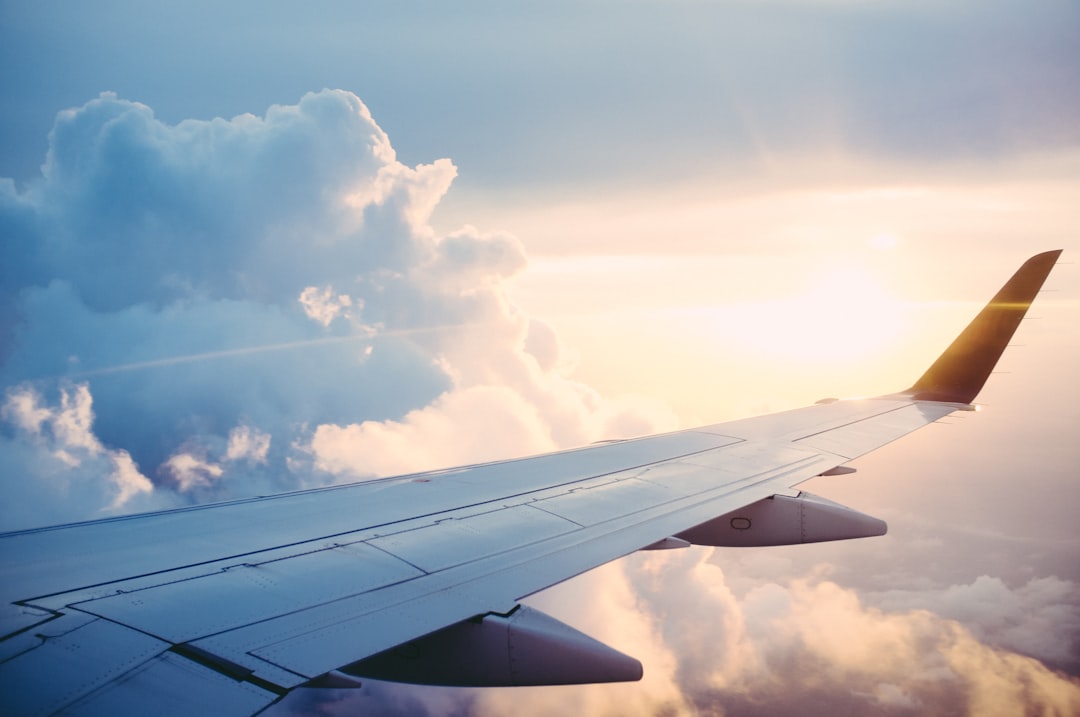When booking a flight, one of the key decisions travelers must make is which class of seating to choose. The variety of seating options offered by airlines can be overwhelming, with each class providing a different level of comfort, amenities, and price. Understanding the distinctions between the various classes can help passengers make an informed decision based on their preferences and budget.
Economy Class
Economy class is the most common and affordable class of seating on airplanes. Passengers in economy class typically have less legroom and narrower seats compared to higher classes. While the amenities in economy class may be limited, passengers still receive standard services such as meals and in-flight entertainment. This class is ideal for budget-conscious travelers or those taking short flights where comfort may not be a top priority.
However, some airlines now offer premium economy seating, which provides a middle ground between economy and business class in terms of comfort and services. Premium economy seats often come with extra legroom and enhanced amenities, making them a popular choice for travelers who desire added comfort without the cost of business class.
Business Class
Business class seating offers a significant upgrade from economy in terms of comfort and services. Passengers in business class typically enjoy wider seats that recline into lie-flat beds, personalized service, gourmet meals, and access to exclusive airport lounges. Business class is popular among business travelers and passengers seeking a more luxurious flying experience.
Some airlines also offer a variation of business class known as first class, which provides the highest level of luxury and service on board. First class cabins often feature private suites, on-demand dining, and premium amenities such as designer toiletries and luxury bedding. First class is the epitome of air travel luxury, with fares to match its exclusivity.
Premium Class Upgrades
In addition to the traditional classes of seating, airlines may offer premium upgrades within each class. These upgrades, such as extra legroom seats, preferred seating, or in-flight Wi-Fi, allow passengers to customize their flying experience based on their individual preferences. While premium upgrades may come at an additional cost, they provide added convenience and comfort for those willing to pay for enhanced amenities.
Choosing the right class of seating on an airplane is a personal decision that depends on factors such as budget, duration of the flight, and desired level of comfort. Understanding the differences between economy, business, and first class can help passengers make an informed choice that aligns with their travel needs and preferences. Whether opting for a budget-friendly economy seat or indulging in the luxury of first class, passengers can enhance their flying experience by selecting the seating class that best suits their individual requirements.
By providing insight into the various classes of seating available on airplanes, travelers can navigate the booking process with confidence and enjoy a more comfortable and enjoyable journey to their destination.

